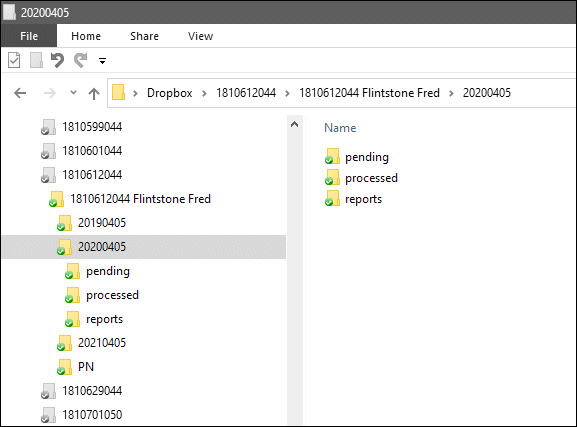If you have received an email from us with a link to this report, then these notes set out a number of things to be considered as our agreement comes to an end. Some of them, but perhaps not all of them, may apply in your case.
Business Affairs
Companies House, the Tax Office and the VAT Office will be notified that Proactive is no longer acting for the business.
If your business is VAT registered, then the VAT office needs to know where to send future correspondence, and needs to know where the records of your business are to be kept.
If your business has a payroll account (a PAYE scheme) then you will need to arrange to carry out the payroll work yourself or to appoint a bureau to do it for you. As a director, you need to take steps promptly to ensure that the “Real Time” reports are correctly filed at the end of every month. There are penalties for late filing.
All Cases – Business and Personal Affairs
Please ask your new accountants to notify the Tax Office that they are now acting. As soon as the new accountants approach Proactive we will let them have all of the “professional etiquette” information they require. It is customary for the new accountants immediately to take on responsibility for all work. No further work will be undertaken by Proactive. This “professional etiquette” system is stipulated by the Institute, and we have never known it fail.
Protocol
Approximately two weeks after sending out the relevant email, we will filter our records system. Digital records on DropBox will then no longer be accessible. They are securely archived and are kept until the end of the sixth tax year following the most recent set of accounts. It is our policy to destroy all records after that six year period has elapsed.
Please take a back up of your records now. After a period of 21 days has elapsed we will charge an admin fee if you or your new accountants require us to access old records. In the case of multiple files denoted by our reference numbers (one per director and one per company or rental property, etc) multiple admin fees are charged as set out on our prices page. Under the “professional etiquette” rules we will provide one new accountant with all relevant information without charge. In the event that we have completed the “professional etiquette” process with your new accountant, and we are then approached at a later date by a second (or a subsequent) accountant asking for the same information, admin fees will be charged. It happens!

